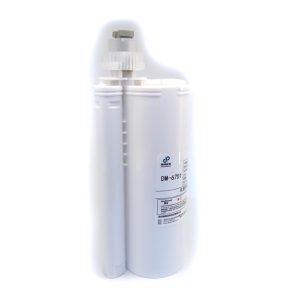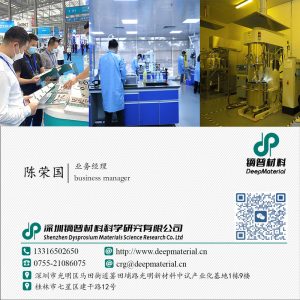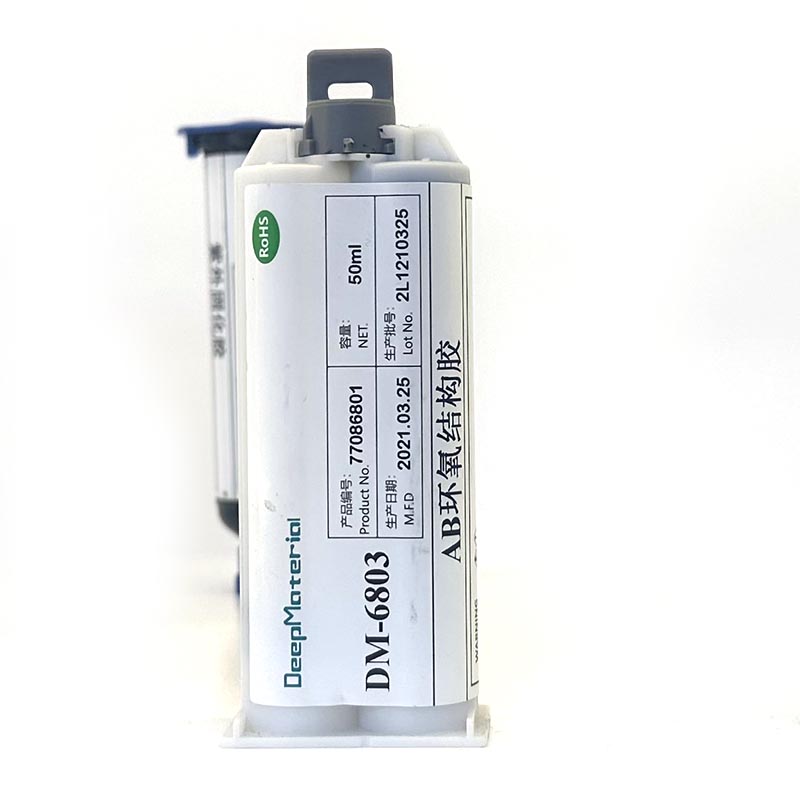Epoxy resin refers to a general term for a type of polymer that contains two or more epoxy groups in its molecules

It is the condensation product of epichlorohydrin with bisphenol A or polyols. Due to the chemical activity of epoxy groups, various compounds containing active hydrogen can be used to open the ring, cure and crosslink to form a network structure, making it a thermosetting resin. Bisphenol A-type epoxy resin not only has a large production volume and a wide variety, but also new modified varieties are constantly increasing, and the quality is constantly improving.
Application of epoxy resin in coatings: Epoxy resin accounts for a large proportion of applications in coatings, and it can be made into various varieties with different characteristics and uses. Its commonality:
1. Excellent chemical resistance, especially alkali resistance.
2. The paint film has strong adhesion, especially to metals.
3. It has good heat resistance and electrical insulation.
4. The paint film has good color retention.
However, the weather resistance of bisphenol A-type epoxy resin coatings is poor, and the paint film is prone to powdering, loss of gloss, and incomplete in outdoor environments, making it unsuitable for outdoor coatings and high decorative coatings. Therefore, epoxy resin coatings are mainly used as anti-corrosion paints, metal primers, and insulation paints, but coatings made of heterocyclic and cycloaliphatic epoxy resins can be used outdoors.
Adhesive application:
Epoxy resin not only has poor adhesion to non-polar plastics such as polyolefins, but also to various metal materials such as aluminum, steel, iron, and copper; Non metallic materials such as glass, wood, concrete, etc; Thermosetting plastics such as phenolic, amino, unsaturated polyester, etc. have excellent adhesive properties, hence they are known as versatile adhesives. Epoxy adhesive is an important type of structural adhesive.
Casting of insulation and packaging components for electrical appliances and motors. Manufacturing of fully sealed insulation packaging components for high and low voltage electrical appliances such as electromagnets, contactor coils, transformers, dry-type transformers, etc. It has achieved rapid development in the electrical industry. From normal pressure pouring and vacuum pouring, automatic pressure gel forming has been developed. Epoxy insulation coatings, insulation adhesives, and electrical adhesives are also widely used.
The usage method of epoxy resin is to add and use it according to the user’s formula, and its long-term indoor storage performance is stable at 5 ℃ -35 ℃. Purchasing epoxy will come with a curing agent. The amount of curing agent poured into the epoxy resin is generally 1 barrel: 1 barrel (the manufacturer usually provides packaging with a suitable ratio, which is definitely larger for epoxy and smaller for curing agent), but the ratio may vary slightly depending on temperature and other factors. Then stir it evenly. The ones I come into contact with are 4L epoxy containers for ships, which are mixed using an electric drill (with mixing blades installed). This is a technical task, no bubbles should appear, it needs to be stirred evenly, and the time should not be too long. For a 4L container, it is generally better to keep it within 2 minutes. Then it’s pouring, welding baffles in the designated area, sealing the gaps to prevent them from flowing out. Then just pour the mixture directly into the designated area.

